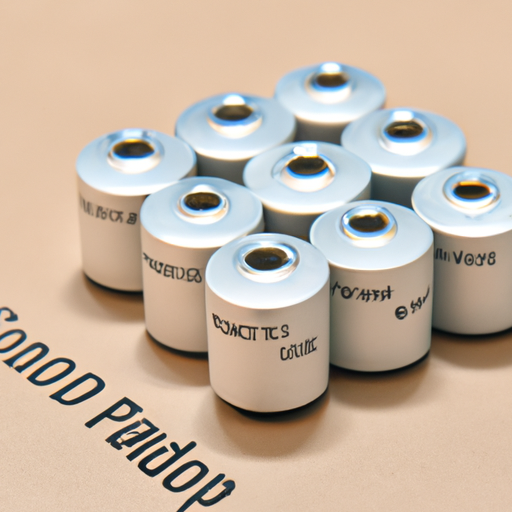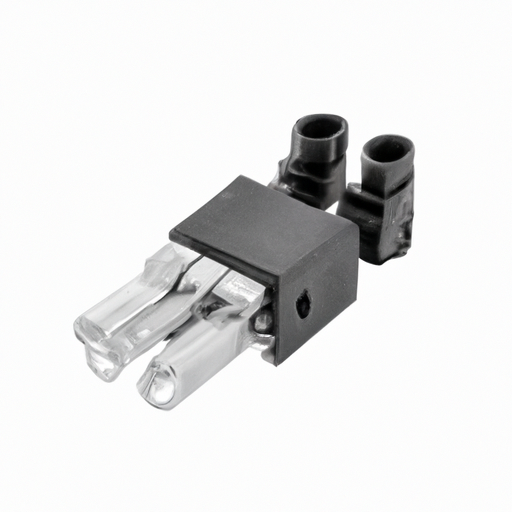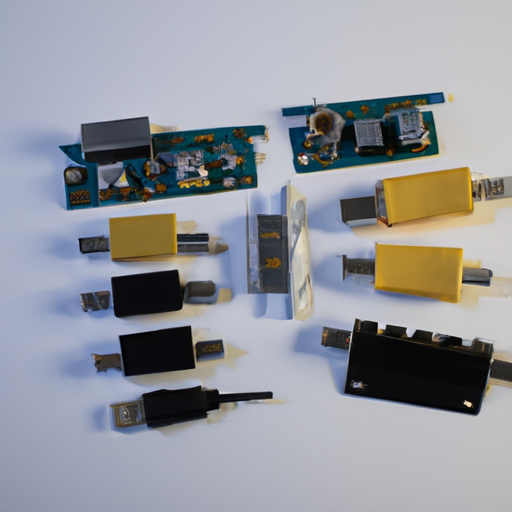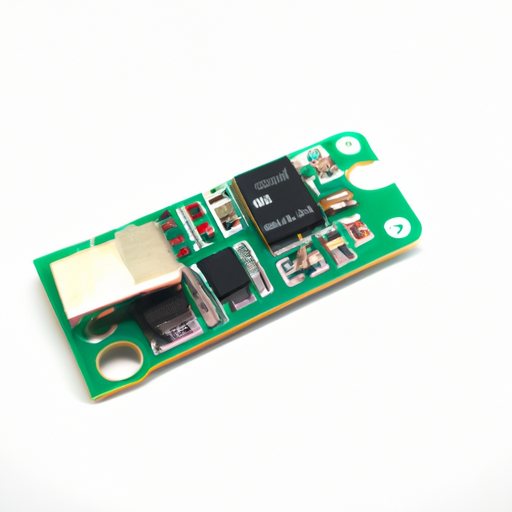What are the common production processes in capacitor factories?
Common Production Processes in Capacitor Factories
I. Introduction
Capacitors are essential components in modern electronic devices, serving as energy storage units that help regulate voltage and power flow. They play a critical role in various applications, from consumer electronics to industrial machinery. The capacitor manufacturing industry has evolved significantly over the years, driven by advancements in technology and increasing demand for high-performance components. This blog post will explore the common production processes in capacitor factories, providing insights into the intricate steps involved in creating these vital components.
II. Types of Capacitors
Before delving into the production processes, it is essential to understand the different types of capacitors available in the market:
A. Ceramic Capacitors
Ceramic capacitors are widely used due to their small size, low cost, and reliability. They are made from ceramic materials that serve as the dielectric.
B. Electrolytic Capacitors
These capacitors are known for their high capacitance values and are often used in power supply applications. They utilize an electrolyte as one of the plates.
C. Film Capacitors
Film capacitors use thin plastic films as the dielectric material. They are known for their stability and low loss characteristics.
D. Tantalum Capacitors
Tantalum capacitors are known for their high capacitance in a small volume and are often used in applications requiring reliability and stability.
E. Supercapacitors
Supercapacitors, or ultracapacitors, offer high energy density and are used in applications requiring rapid charge and discharge cycles.
III. Overview of the Production Process
The production of capacitors involves several stages, each critical to ensuring the final product meets quality and performance standards. Quality control is paramount throughout the manufacturing process, as capacitors must adhere to strict industry standards to ensure reliability and safety.
IV. Raw Material Preparation
A. Sourcing and Selection of Materials
The first step in capacitor production is the sourcing and selection of raw materials. The choice of materials significantly impacts the performance and reliability of the final product.
1. Dielectric Materials
Dielectric materials are crucial for capacitor function. For ceramic capacitors, high-purity ceramic powders are used, while film capacitors require high-quality plastic films.
2. Conductive Materials
Conductive materials, such as aluminum or tantalum, are used for the electrodes. The purity and quality of these materials are vital for ensuring low equivalent series resistance (ESR) and high capacitance.
B. Material Testing and Quality Assurance
Once the materials are sourced, they undergo rigorous testing to ensure they meet the required specifications. This includes checking for impurities, dielectric strength, and other critical properties.
V. Component Fabrication
A. Dielectric Layer Production
The next stage involves the fabrication of the dielectric layer, which is essential for capacitor function.
1. Ceramic Powder Processing
For ceramic capacitors, the ceramic powder is processed and shaped into thin layers through techniques such as pressing and sintering.
2. Film Extrusion for Film Capacitors
In the case of film capacitors, plastic films are extruded to the desired thickness and then treated to enhance their dielectric properties.
B. Electrode Preparation
The electrodes are prepared next, which involves several steps:
1. Metal Foil Production
For electrolytic capacitors, aluminum or tantalum foils are produced, often through rolling processes that ensure uniform thickness.
2. Coating Processes for Electrodes
Electrodes may undergo various coating processes to enhance conductivity and ensure proper interaction with the dielectric material.
VI. Assembly Processes
A. Layer Stacking and Winding
The assembly of capacitors involves stacking or winding the dielectric and electrode layers.
1. Techniques for Different Capacitor Types
For ceramic capacitors, layers are stacked, while film capacitors often use a winding technique to create a compact design.
2. Importance of Precision in Assembly
Precision is critical during assembly, as any misalignment can lead to performance issues or failure.
B. Encapsulation and Sealing
Once assembled, capacitors must be encapsulated and sealed to protect them from environmental factors.
1. Methods of Encapsulation
Common methods include resin encapsulation and heat-shrink tubing, which provide a protective barrier against moisture and contaminants.
2. Importance of Environmental Protection
Proper encapsulation ensures the longevity and reliability of capacitors, especially in harsh operating conditions.
VII. Electrical Testing and Quality Control
A. Testing Procedures for Capacitance, ESR, and Leakage Current
After assembly, capacitors undergo extensive electrical testing to verify their performance. Key parameters include capacitance, equivalent series resistance (ESR), and leakage current.
B. Importance of Reliability Testing
Reliability testing is crucial to ensure that capacitors can withstand operational stresses over time. This may include temperature cycling, humidity testing, and voltage stress tests.
C. Compliance with Industry Standards
Capacitors must comply with various industry standards, such as ISO and IEC, to ensure they meet safety and performance requirements.
VIII. Packaging and Distribution
A. Packaging Methods for Different Capacitor Types
Once tested and approved, capacitors are packaged for distribution. Packaging methods vary depending on the type of capacitor and its intended application.
B. Logistics and Distribution Channels
Efficient logistics and distribution channels are essential to ensure timely delivery to customers. This includes considerations for transportation, storage, and handling.
C. Importance of Proper Handling and Storage
Proper handling and storage are critical to maintaining capacitor integrity. Capacitors should be stored in controlled environments to prevent damage from humidity or static electricity.
IX. Innovations and Future Trends in Capacitor Manufacturing
A. Advances in Materials Science
The capacitor manufacturing industry is witnessing significant advancements in materials science, leading to the development of new dielectric materials that enhance performance and reduce size.
B. Automation and Industry 4.0 in Manufacturing
Automation and Industry 4.0 technologies are transforming capacitor manufacturing, improving efficiency, and reducing production costs through smart manufacturing processes.
C. Environmental Considerations and Sustainability
Sustainability is becoming increasingly important in capacitor manufacturing. Companies are exploring eco-friendly materials and processes to minimize their environmental impact.
X. Conclusion
In conclusion, the production processes in capacitor factories are complex and multifaceted, involving careful material selection, precise fabrication, and rigorous testing. As the demand for capacitors continues to grow, the industry must focus on continuous improvement and innovation to meet the evolving needs of electronic devices. The future of capacitor manufacturing looks promising, with advancements in materials science, automation, and sustainability paving the way for more efficient and reliable products. Understanding these processes not only highlights the intricacies of capacitor production but also underscores the importance of these components in our daily lives.






